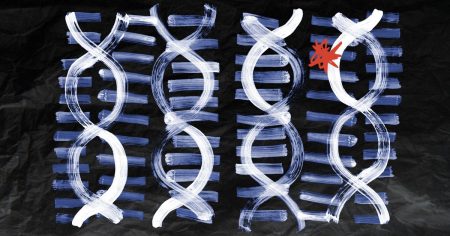The Wim Hof Method (WHM) is an unconventional approach to overall mental and physical health that involves exposure to extreme cold and a rigorous breathing rubric. This method has gained popularity in recent years largely due to the extreme feats performed by its namesake founder, Wim Hof, a Dutch athlete known for running a half-marathon in the Arctic Circle wearing only shorts, swimming nearly 200 feet under ice, and climbing Mount Everest in shorts and shoes. The WHM focuses on three pillars: exposure to cold, deep breathing, and commitment to mastering these routines. Hof has subjected himself and his methods to scientific testing, although a comprehensive review of these studies had not been conducted until recently.
A new review published in PLOS One examined nine papers consisting of eight individual trials related to the WHM and suggested that the method shows promise in reducing inflammation. The study found that the WHM may reduce inflammation by increasing epinephrine levels, leading to an increase in interleukin-10 and a decrease in pro-inflammatory cytokines. However, the authors recommended further research of higher quality to substantiate these findings. Dr. Omar Almahayni, one of the study’s authors, emphasized the importance of exploring the potential benefits of practices like cold exposure and controlled breathing, given the increasing popularity and claims of health benefits associated with the WHM.
Isabelle Hof, Wim’s daughter and head of the Wim Hof Method Academy, highlighted the growing interest in the WHM and the benefits it can produce. While interest in the method has expanded, she emphasized the need for individuals to explore the WHM confidently and responsibly, recognizing its potential to enhance well-being. Dr. Almahayani stressed the importance of future research on the WHM focusing on specific parameters to support its wide-ranging health claims. Increasing the number of participants in trials, maintaining focus on the WHM method, and adhering to rigorous scientific protocols will provide a more comprehensive understanding of the method’s efficacy and potential applications.
One weakness noted in the review is the absence of the Wim Hof Method team’s involvement in training protocols for some of the trials. Isabelle Hof pointed out that individual physiology requires tailored training approaches, and the WHM should not be treated as a one-size-fits-all technique. Different protocols are needed depending on the individual or target group and desired outcomes. She emphasized the importance of developing unique training protocols based on individual conditioning to optimize physical and psychological well-being. Dr. Almahayani echoed the need for future research to account for biases, include larger sample sizes, and adhere to scientific protocols to provide a more comprehensive understanding of the WHM’s effects and potential applications.
While the Wim Hof Method has attracted proponents of extreme health methods like cold water plunges and deep breathing techniques, there have been incidents of death associated with certain aspects of the method. Three people drowned in 2023 while practicing the WHM’s breathwork, and a lawsuit was filed in 2022 against Hof for the drowning of a teenage girl who practiced the method in her pool. Dr. Almahayani advised health experts to approach extreme health methods with caution and subject them to rigorous scientific research before endorsing them. The review underscores the importance of conducting high-quality research to determine the efficacy and safety of the WHM and similar methods, ensuring they are validated and reliable for public use.













